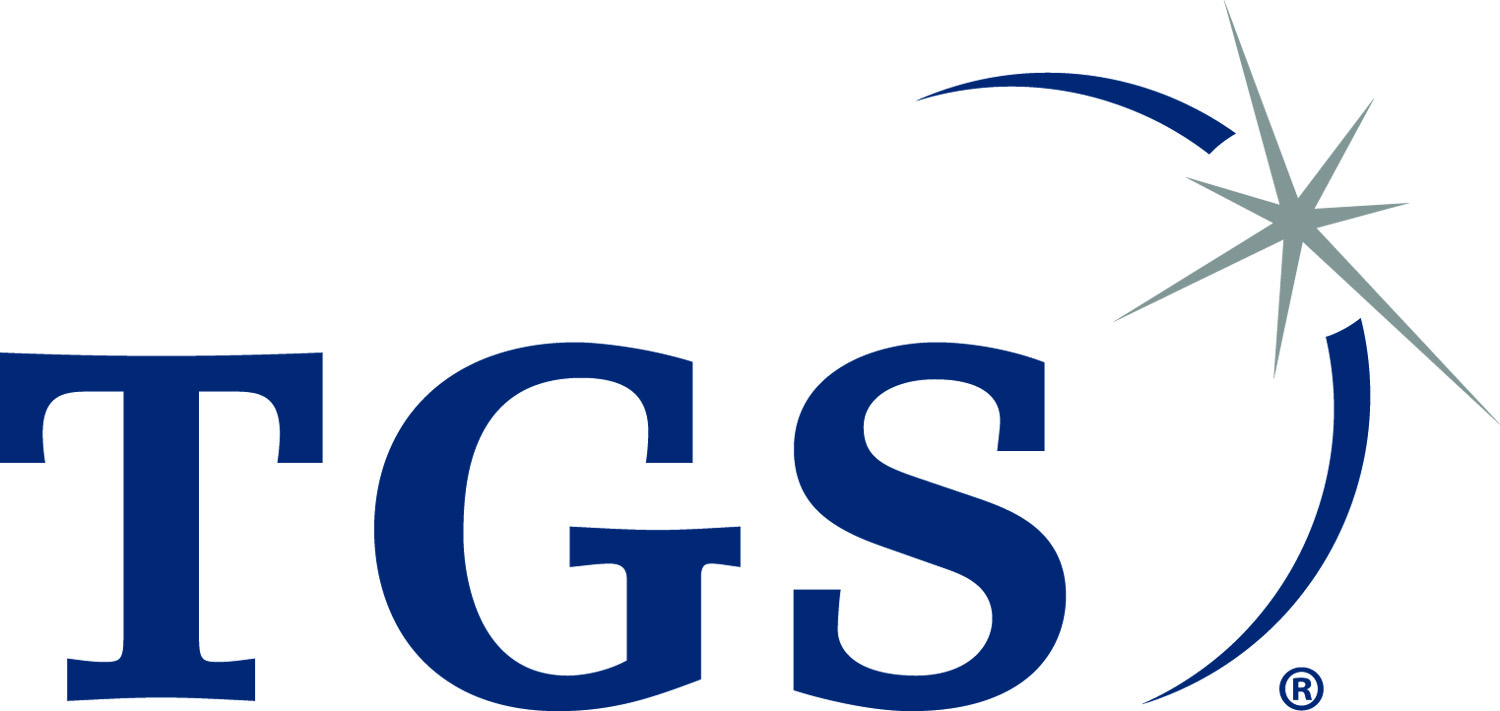Meeting presentation will be from 12:00 noon to 1:00 pm
Speaker: Jakob B. U. Haldorsen, MagiQ Technologies
This talk will describe a new optical three-component accelerometer developed by MagiQ Technologies, Somerville, MA. Recent field data show that the optical accelerometer measures signals at frequencies from sub-Hz to hundreds of Hz. An array of these sensors could be used to complement Distributed Acoustic Sensing (DAS) technology to compensate for the inability of the DAS sensors to measure the wavefield polarization. Such an hybrid fiber-optical receiver array would be a fully optical, wide-band sensor array without any electronics at the sensor, and with a maximum operational temperature exceeding 200°C by a wide margin.
Conventional three-component (3C) sensor systems use electrical sensors to measure a vector of local particle motion. Electrical sensors require power and electronic equipment at the sensor. Distributed Acoustic Sensing (DAS) fiber-optical array uses the induced strain rate in an optical communication fiber to detect passing acoustic waves. Using these, eliminates the need for electrical power and electronics to digitize and transmit the data back for recording. However, the DAS measurement is only sensitive to the component of the particle motion along the fiber, and thus suffers from a fundamental inability to measure the direction of particle motion induced by a passing acoustic wave. The direction of particle motion is closely related to the direction of propagation, which points back to the origin of the wave. If one could determine the direction of propagation, the origin can be determined by simple triangulation with three or more sensors distributed over a sufficiently large area to ensure accurate triangulation. One way of making an optical accelerometer is by winding optical fiber around a mass-spring that is free to flex in only one direction. The fiber will extend as the spring flexes, and the extension of the fiber would be a measure of the extension of the spring, and thus be proportional to the force and acceleration of the mass.
The highly multiplexed architecture of the MagiQ sensors includes multiple FBGs at each sensor, and splitters siphoning a measured fraction of the laser pulses into each sensor. The use of multiple modulated laser beams allows for time and wavelength division multiplexing while making the system particularly robust against laser noise and transmission-line pickup. An array of up to 20 3C sensors nodes can be connected on a single fiber. Different levels of redundancy can be obtained by different patterns of interleaving sensor strings. The architecture is flexible and scalable and allows hundreds or thousands of sensors in a single network with, e.g., 10-20 3C sensor nodes connected to each of a limited number of fibers.
Complementing a DAS array with optical 3C sensors would give an all-optical sensor array with directional determination that could significantly improve the capabilities and lower the cost for acoustic monitoring. Due to the nature of fiber-optical sensing, compared to a more conventional geophone array, an all-optical sensor array will be simpler, have a longer lifetime, and be without the risk of failure of electronic components. Such a system enables permanent acoustic monitoring of the formation, and the system would also be available for on-demand 4D seismic imaging.
Speaker Biography: Jakob B. U. Haldorsen, MagiQ Technologies
Jakob B. U. Haldorsen received a cand mag degree in science, a cand real degree in experimental particle physics, and a Dr. Philos. degree in geophysics, all from University of Oslo, Norway. Before turning his focus to geophysics, he spent ten years in research and teaching at the University of Oslo - and at the European Organization for Nuclear Research (CERN) in Geneva, Switzerland, as a CERN Fellow. After joining Geco in 1981, Dr. Haldorsen worked in many different positions in Oslo and Houston, including R&E manager for Geco US. After Geco became part of Schlumberger in 1987, he worked at different research facilities in Ridgefield, CT, Cambridge (UK), Hannover (Germany), and Cambridge, MA, lastly as Scientific Advisor. Retired from Schlumberger in 2010, he was Chief Scientist with READ AS, in Norway, from 2011 to 2019, where he mainly focused on algorithmic and physics problems related to data acquired in high-noise environments. Since mid 2019, he is Scientific Advisor with MagiQ Technologies in Somerville, MA.
** Access information will be sent to all registrants after registration closes.
Price List:
|
Pre-Registered |
Late/Walk-Up
|
Member
|
Free |
Free |
| Non-Member |
$10 |
$10 |
** Please be aware that ALL registrations must go through 'Checkout', even if your total is zero. Registration is not confirmed until you complete the checkout process.
THANK YOU TO OUR SPONSOR:
